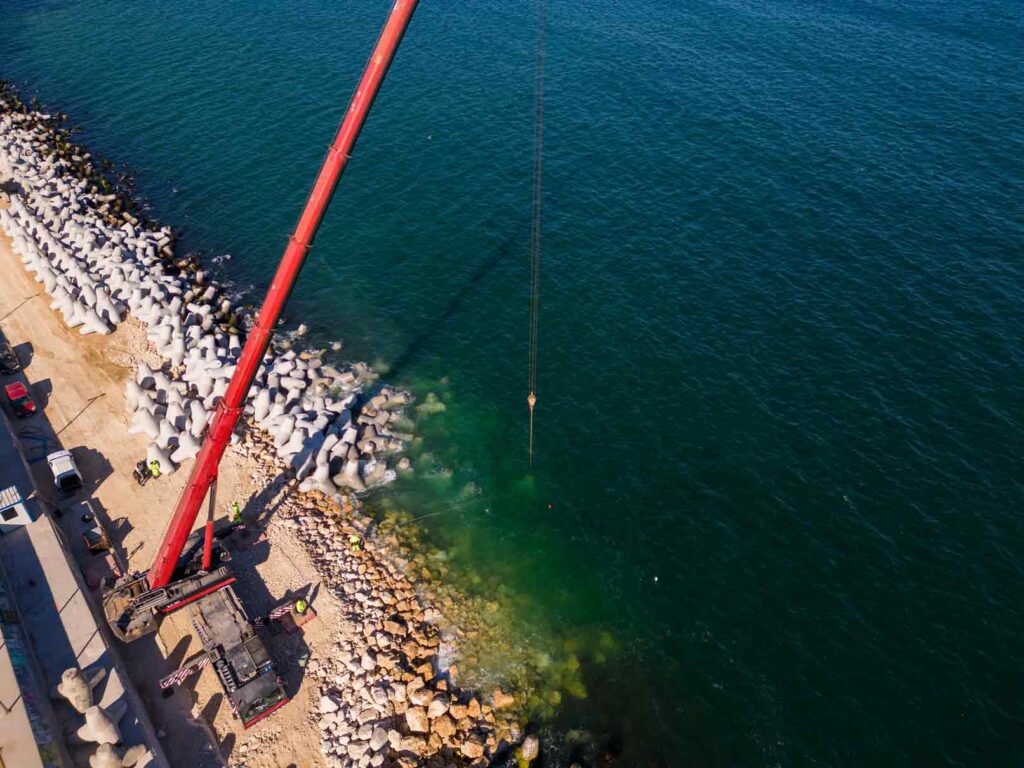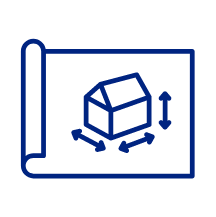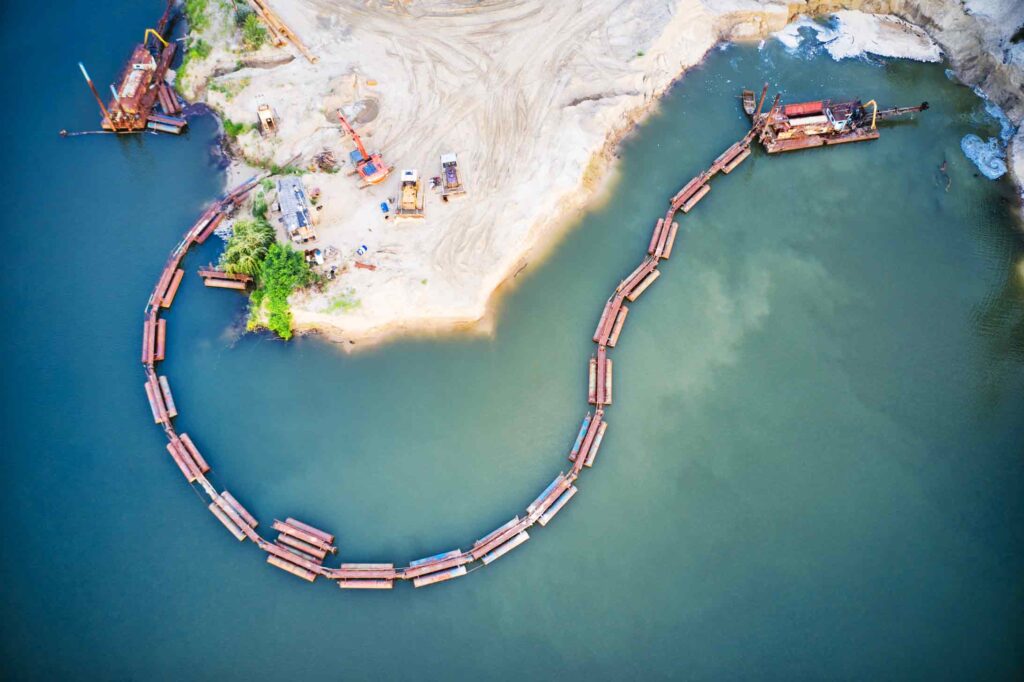Suction Dredging

Dredging for Your Canals
We Clean Under Your Dock to Protect Your Boats
Reclaim Your Freedom to Boat

Dredging
At Overall Marine Services, we specialize in suction dredging, a precise and effective method for removing accumulated dirt, debris, and sediment from under your boat lift. Shallow canals are a common challenge in Florida, often leading to frustrating delays as you wait for tides to rise. With our state-of-the-art dredging equipment, we can deepen the area beneath your lift, ensuring you have the freedom to enjoy your boat at any time, regardless of the tide.

Initial Consultation and Site Assessment

Permitting and Project Planning

Mobilization and Equipment Setup

Dredging Operations

Final Inspection and Cleanup
Get A Free Quote, Fast!
Why Dredging Matters & Our Process:
Florida’s canals are known for their beauty and accessibility, but over time, sediment build-up can make them too shallow for boats to navigate safely. This is especially problematic near boat lifts, where low tides combined with shallow water can leave your boat stranded. Dredging addresses this issue by removing the excess material, creating a deeper, safer channel that allows you to lower your boat lift and launch your vessel without delay.
State-of-the-Art Equipment
We use advanced suction dredging technology that efficiently removes sediment without causing damage to the surrounding environment. This method is particularly effective for clearing the area around boat lifts, docks, and narrow channels.
Expert Team
Our experienced crew understands the complexities of Florida’s waterways and ensures that each dredging project is completed with precision and care, restoring your ability to navigate your canal with ease.
Tailored Solutions
Whether you need a one-time dredging service or ongoing maintenance, we offer customized solutions that fit your specific needs, ensuring your canal remains navigable and your boat lift functional year-round.

Benefits
Enhanced Boat Access
Dredging removes accumulated sediment and debris, deepening the canal and allowing for smooth, unrestricted access to your boat lift. This ensures you can lower your boat at any time, regardless of the tide level, giving you more freedom to enjoy boating without delay.
Improved Safety
By deepening the canal, dredging reduces the risk of your boat’s hull or propellers hitting the bottom, which can cause significant damage. A properly dredged canal ensures safer navigation, protecting both your boat and your investment.
Increased Property Value
Maintaining a navigable canal is not only crucial for your boating convenience but also enhances the overall value of your waterfront property. Prospective buyers view a well-maintained, easily accessible canal as a significant asset, making your property more attractive on the market.
Environmental Benefits
Dredging can help restore the natural flow of water in canals, reducing stagnation and promoting a healthier aquatic environment. This can improve water quality and support local wildlife, making your canal a more vibrant and enjoyable space.
Neighbor Discount Program
If your neighbors on the canal also require dredging, you can all sign up together for a group service. This not only ensures that the entire canal remains navigable but also offers a significant discount for everyone involved. By coordinating with your neighbors, you can save on costs while improving the boating experience for the entire community.
Want to know if dredging is the solution for your dock or boat lift? Read more in our dedicated blog post.